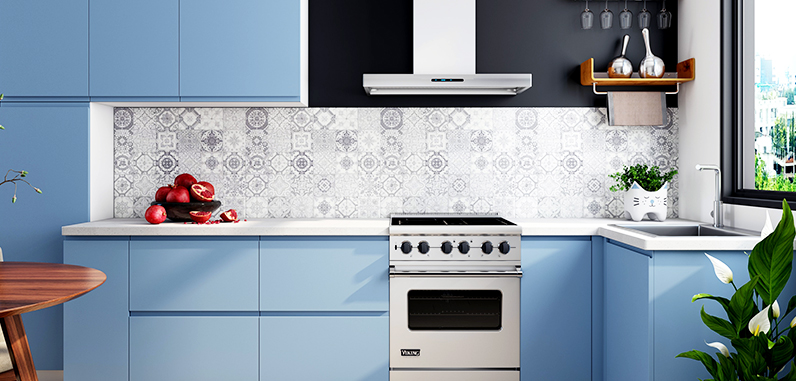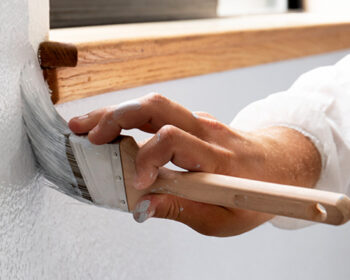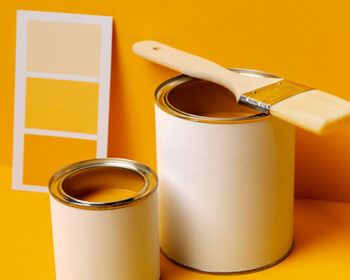
Low Cost Kitchen Makeover with Paints
If you’re thinking to have a quick fresh look, there’s no easier way than painting. It works not only for walls and cabinets, but also for appliances. Normally painting appliances is an easy one-day project, but it can go wrong if you overlook a few simple things.
Why Paint Appliances?
Because you’ll spend a lot of money on new ones. Imagine that you’re doing a kitchen makeover. Your existing refrigerator is only a few years old, but it’s black. Your new range, dishwasher, and microwave are white. Therefor you just need to paint the refrigerator white to match the other stuffs.
Best Types of Paint and Primer to Buy
When painting kitchen appliances, primer serve one purpose: to bond with metal surfaces. You can do this in old-school way with oil primer but it comes with a strong and unpleasant odor. Or you can opt for water-based bonding primers that can stick to tile, metal, and even glass.
Prepping Appliances for Paint
Prepping is as important as the painting process itself. Time and effort spent on prep will determine how long your paint will last. One of the methods you can use to prep is sand, vac and track method.
Start with sanding all surface, metal and plastic with 180-grit paper. Then, vacuum up all the residual particle with a shop vacuum and brush attachment. Use a damped cloth to tack rag the surfaces and you will get squeaky clean and ready for the remaining prep and primer surface.
Steps for Applying Paint
There are two methods you can choose to paint your appliances, brush/roll or spray.
- Brush/Roll Method:
Grab you soft-bristled nylon brush and start painting the edges, nooks, crannies, and all the areas that roller cannot reach. Then use a low-nap mini roller to paint the large flat areas. Apply in long strokes with light pressure to minimize brush strokes. Let the first coat to dry (2 – 4 hours). Then, continue with the second coat. Work in small areas to keep a ‘wet edge’. This will lessen the possibility of lap marks. - Spray Method:
This method is commonly used by professional residential painters Melbourne. You will need an airless paint sprayer and a temporary spray booth, which you can build by yourself. Then, spray the paint on the appliances. Be sure to follow product directions for dry time and apply a second coat.
You can paint almost any kitchen appliances with tips above. Remember to be flexible and adapt your prep and priming process to the particular substrate—appliances are no exception.





